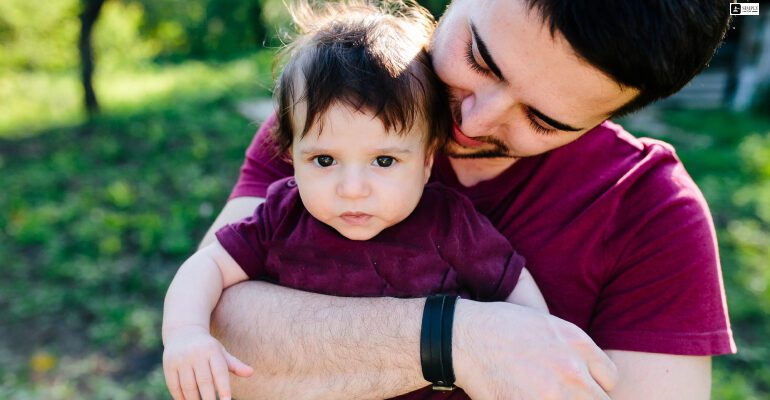
To become a parent can take various paths. Pursuing adoption can be a wonderful way to build a family. Becoming a parent is considered one of the many joys an individual might go through in their lifetime. In this article, we will guide you through how to adopt a child that complies with the legal procedure of the same.
Steps On How to Adopt a Child in the US
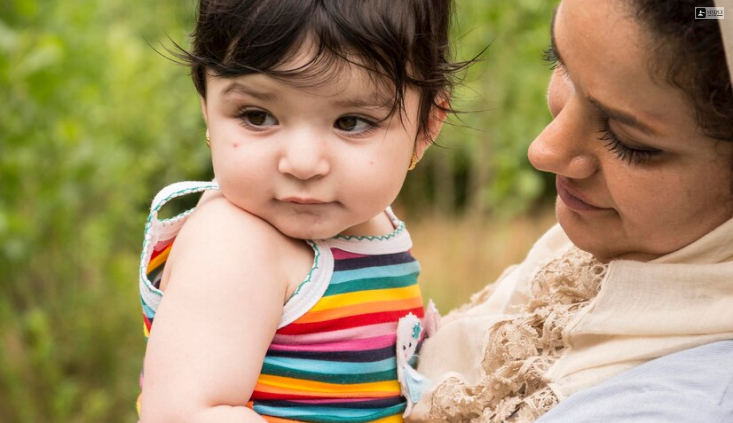
If you are seeking solutions on how to adopt a child using the correct legal procedure, then you’ll have to comply with the mentioned steps. Being able to comply with these steps shall ensure that you have adopted a child legally in the US.
Step 1: Make Sure Adoption Is Right for You
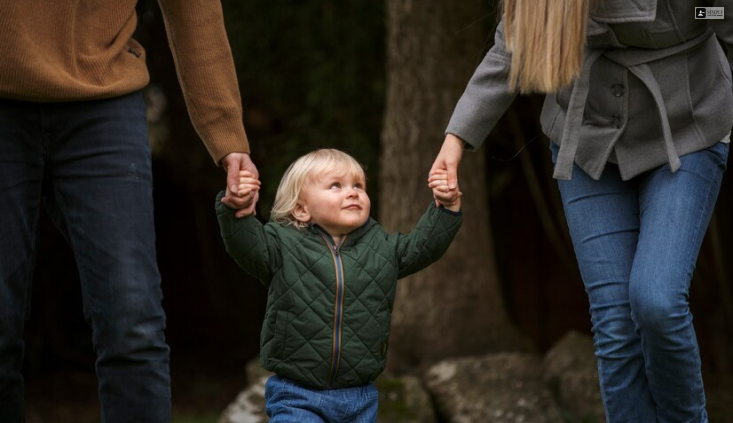
First, consider your preparedness for the role in terms of duties in adoption. Secondly, take your time to consider whether you are emotionally prepared to care for and bring up a child.
Also, assess your financial stability, since bringing up a child involves various expenses. Also, consider how adoption will affect your style of life and other relationships. On the contrary, you must take into consideration how adoption will be able to give fulfillment and happiness to your life.
Next, the various options for adoption need to be investigated so that the legal and emotional consequences are known. Accordingly, consultation with an adoption agency or a support group can help learn from others’ experiences.
Ultimately, take the time to reflect and ensure that adoption resonates with your values and long-term goals.
Step 2: Choose The Type of Adoption
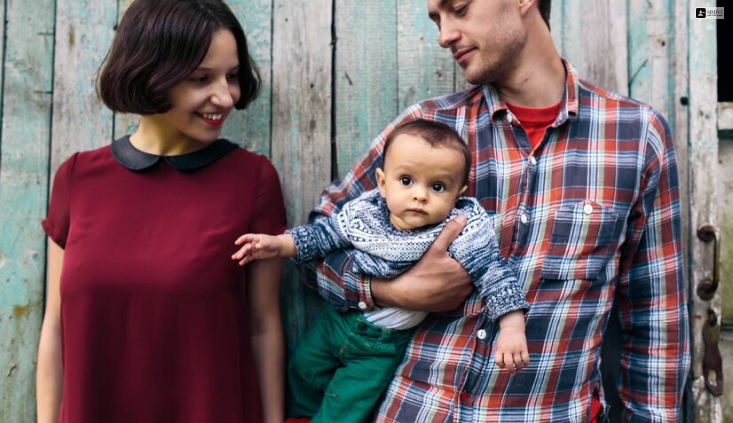
Adoption type is the next important consideration in your adoption process. There are a few options to consider, each with its aspects and requirements.
One common preference is domestic adoption. In this case, the child is adopted by adoptive parents from the same country. This may include adopting through an agency. Alternatively, it can involve an independent arrangement or the foster care system. International adoption, however, involves the adoption of a child from another country. Sometimes, this requires additional legal and cultural considerations.
Other options include foster care adoption. This is when a child in the foster system permanently joins a family. There is also kinship adoption where a relative or familiar person becomes the legal guardian. Each option has its own set of challenges and rewards. It’s wise to do your research and consider what works best for you, factoring in your preferences, resources and goals.
Weighing these options carefully will ensure that you make the right decision. This is crucial for a successful adoption journey.
Step 3: Choose The Adoption Agency
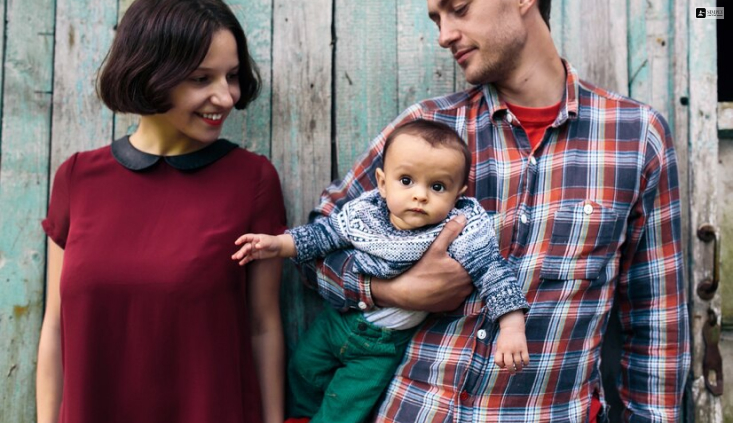
When selecting an adoption agency, it is crucial to consider various factors to ensure a smooth and successful adoption process. Firstly, research different agencies. Compare their service’s reputation and success rates. Additionally, seek recommendations from other adoptive families. Consult professionals in the field.
Moreover, evaluate the agency’s accreditation, licensing and adherence to legal requirements. Furthermore, consider the agency’s experience with the type of adoption you are pursuing. This could be domestic, international or foster care. Schedule consultations with potential agencies. Discuss their procedures, fees and support services.
Lastly, trust your instincts. Choose an agency that aligns with your values and communication style. Ensure your overall comfort level. By following these steps and taking the time to select the right adoption agency, you can ensure a positive and fulfilling experience. You will embark on this life-changing journey with confidence.
Step 4: Become an Active Family Member
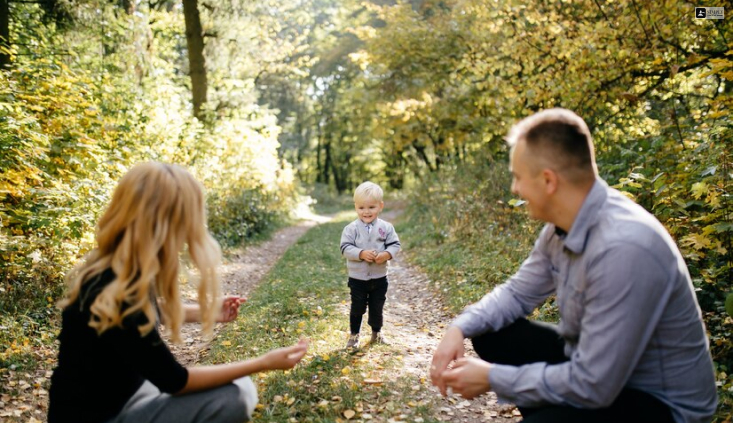
By fostering open dialogue and mutual respect you can create a supportive environment. This environment encourages participation from all members. Becoming active family member entails engaging in shared activities. These include family meals, outings and discussions. These shared moments strengthen bonds. They create lasting memories.
Actively listening, offering support and participating in decision-making processes demonstrate commitment to the family’s well-being and harmony. Furthermore, taking on responsibilities and contributing to household chores fosters a sense of teamwork. It also promotes unity. Showing appreciation for each other’s efforts further cultivates this unity. Embracing a proactive approach to family life can lead to increased happiness, cohesion and fulfillment.
By embodying the values of cooperation, empathy and involvement you can become an integral part of your family’s dynamic ecosystem.
Step 5: Get Selected by a Prospective Mother

To be chosen by a prospective mother as a surrogate is a significant decision that involves careful consideration and preparation. Firstly, it is essential to establish a strong connection with the prospective mother through open communication. Mutual understanding is also crucial. This can be achieved by actively listening to her needs and concerns. Demonstrating empathy and being transparent about your own expectations are also important.
Moreover, showing your qualifications and experience in surrogacy can greatly enhance your chances of being selected. Highlighting your medical history is important. Previous successful surrogacy journeys and any relevant certifications can instill confidence in the prospective mother regarding your capabilities.
Additionally maintaining a healthy lifestyle and prioritizing your physical and emotional well-being are crucial factors. These can make you a more appealing choice. Engaging in regular exercise is key. Eating a balanced diet and seeking emotional support when needed can demonstrate your commitment to a successful surrogacy journey.
By fostering strong connections emphasizing your qualifications and prioritizing your well-being, you can increase your chances of being selected. A prospective mother may choose you as her surrogate.
Step 6: Pre-Placement & Adoption Placement

Pre-placement and adoption placement are crucial stages in the adoption process that ensure a smooth transition for the child and adoptive family. During pre-placement adoptive parents undergo thorough assessment to determine their readiness and suitability for adoption. This includes home studies and background checks. Training sessions help them understand the unique challenges and joys of adopting a child.
Once the pre-placement process is complete, the next step is adoption placement. This is when the child is matched with the adoptive family. Factors such as the child’s needs and the family’s preferences are considered. The potential for a successful placement is also analyzed. During this stage the adoptive family may meet the child and establish a relationship. This often occurs before the adoption is finalized.
Throughout both pre-placement and adoption placement, it is essential to prioritize the child’s well-being. Ensuring the process is conducted with the utmost care and sensitivity is crucial. With the right support and guidance, these stages can lead to a successful and rewarding adoption experience for all involved.
Step 7: Post-placement and Life Ahead

Post-placement and life ahead of adoption are significant intervals that should be thought out before moving on to the next stage. After the child is placed with the adopting family, close contact is needed. It is also important to continue helping the person after the rehabilitation program is completed. The process of adjusting to this next phase may be difficult. Nevertheless, with the help of mutual understanding and tolerance, it is easy to pass this period of life together.
During the adjustment period of the adoptive family and the way they relate with each other, attendance of adoption professionals is essential. Another alternative includes support groups that can offer the necessary help. These resources might have some important information. They advise addressing any concerns that may be there. Also, there is a need to adopt a positive and supportive atmosphere for the child as this is crucial for healthy emotional development.
Moving forward, therefore, realize that the process of adoption is a process of lifelong learning. Recognizing achievements and rites of passage, and promoting connection and identity, including the child’s cultural background, are key elements.Recognising achievements and rites of passage, promoting connection and identity including the child’s cultural background are key elements. This generates a family atmosphere that is loving and accepting toward everybody. Families can begin stimulating and rewarding life together if they focus on the needs of the child and work on maintaining a positive support network. They learn to accept the difficulties, as well as the opportunities, that adoption brings.
This is the reason why adoption is a wonderful way of getting a child into the family. It offers a family environment to a child who has been neglected or otherwise. It is one that takes you to unseen places and comes with its fair share of ups and downs. To deal with it, one needs to be very careful and use a lot of time and understanding.
There is evidence to suggest that increasing your knowledge on how to go about the adoption process as well as engaging the services of and or talking to professionals and support groups will only improve your chances of a successful and fulfilling adoption. Make sure you are honest and truthful with everyone you interact with. This openness is critical at every stage of the process.
It is also imperative to keep in mind that every child is different from the others in terms of background, experience and even needs. One must be ready for any conflicts as they can appear. These may include; the ones that may emerge during the adoption process and those that may follow the adoption process. Dedicate yourself to creating the ideal nurturing environment for every child.
Final Thoughts
In the end, choosing how to bring a child into your family is very big and will change your life. It needs careful thought, getting ready, and giving all your time. In this long guide, we talked about each step in the process of adoption. We looked at the kinds of adoption, the rules, and the feelings that come with taking a child into your life.
As you start on this trip, think that adoption is for all time. It needs work and knowing all the time. Having a strong group of help is a must. Bring in friends, family, and pros to help with the highs and lows. That way, you and your child can do well together.
In the end, the point of adoption is to make a place of love and care. This kind of place helps a child grow and do well. If you take on adoption with love, calmness, and a want to learn, you can make good things for a child. You will also feel great about bringing a family together through adoption.
We hope this guide gives you good help and things to think about as you go through the process of adoption. Think of this: each child should have love and help from a family. When you pick to adopt, you get to help a child in a big way. Take on this trip with love. Make sure to make a safe and warm home for a child who needs it.
Read Also:


